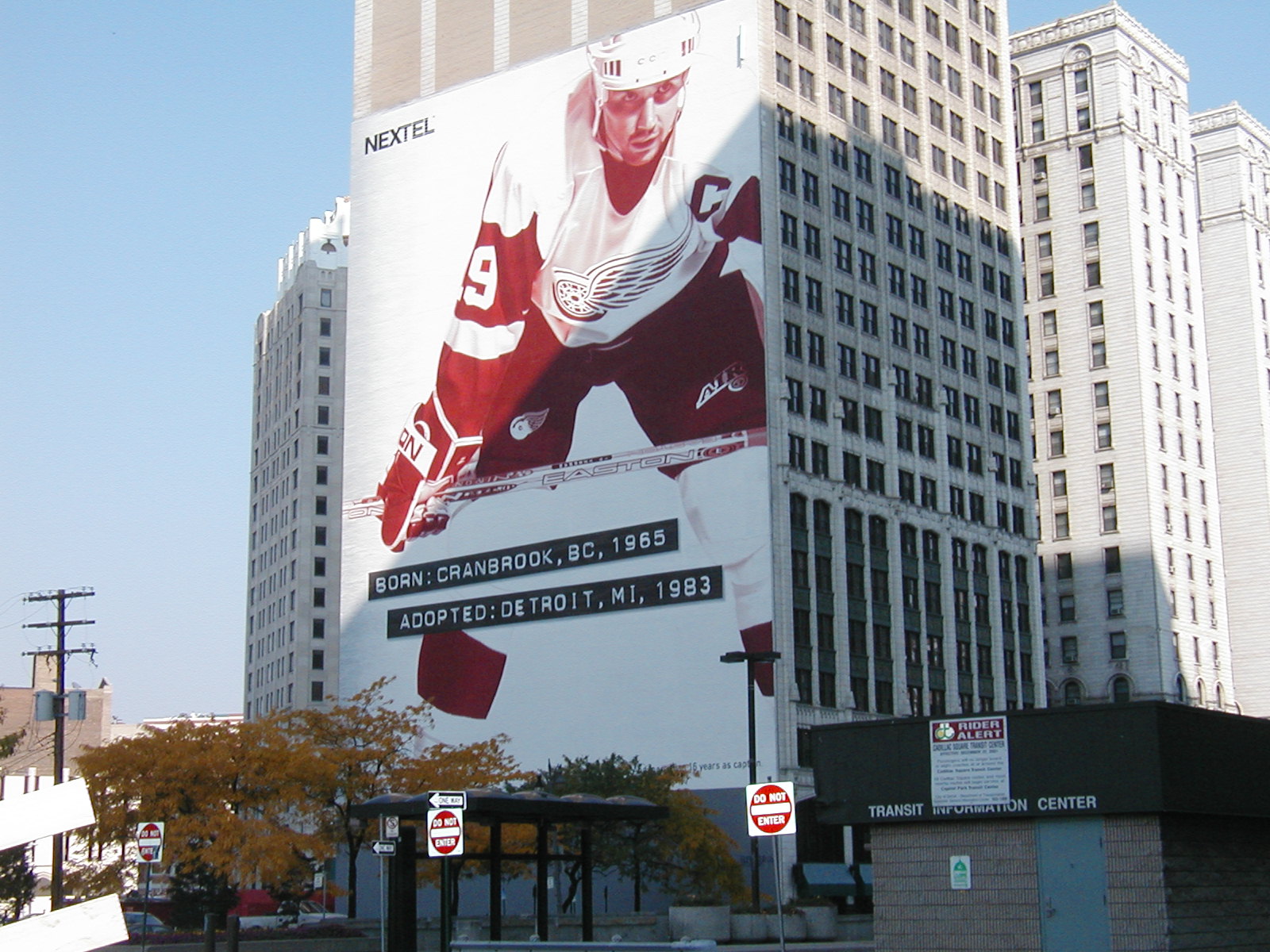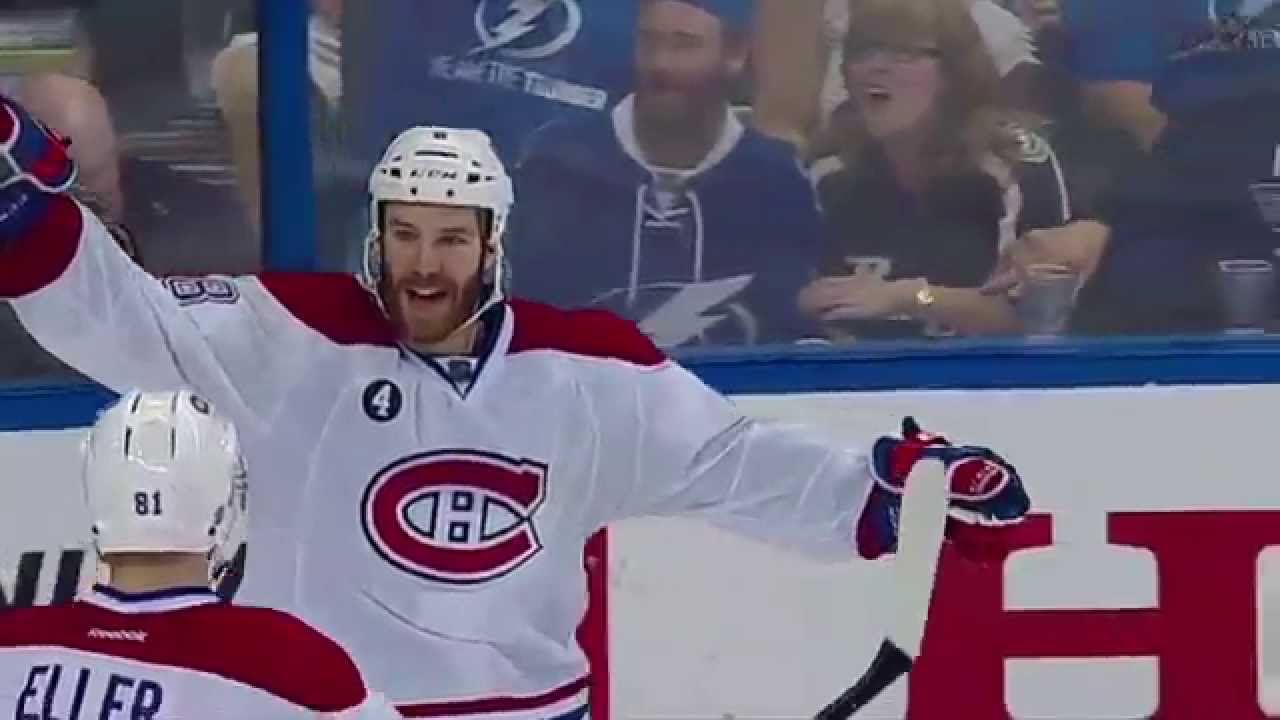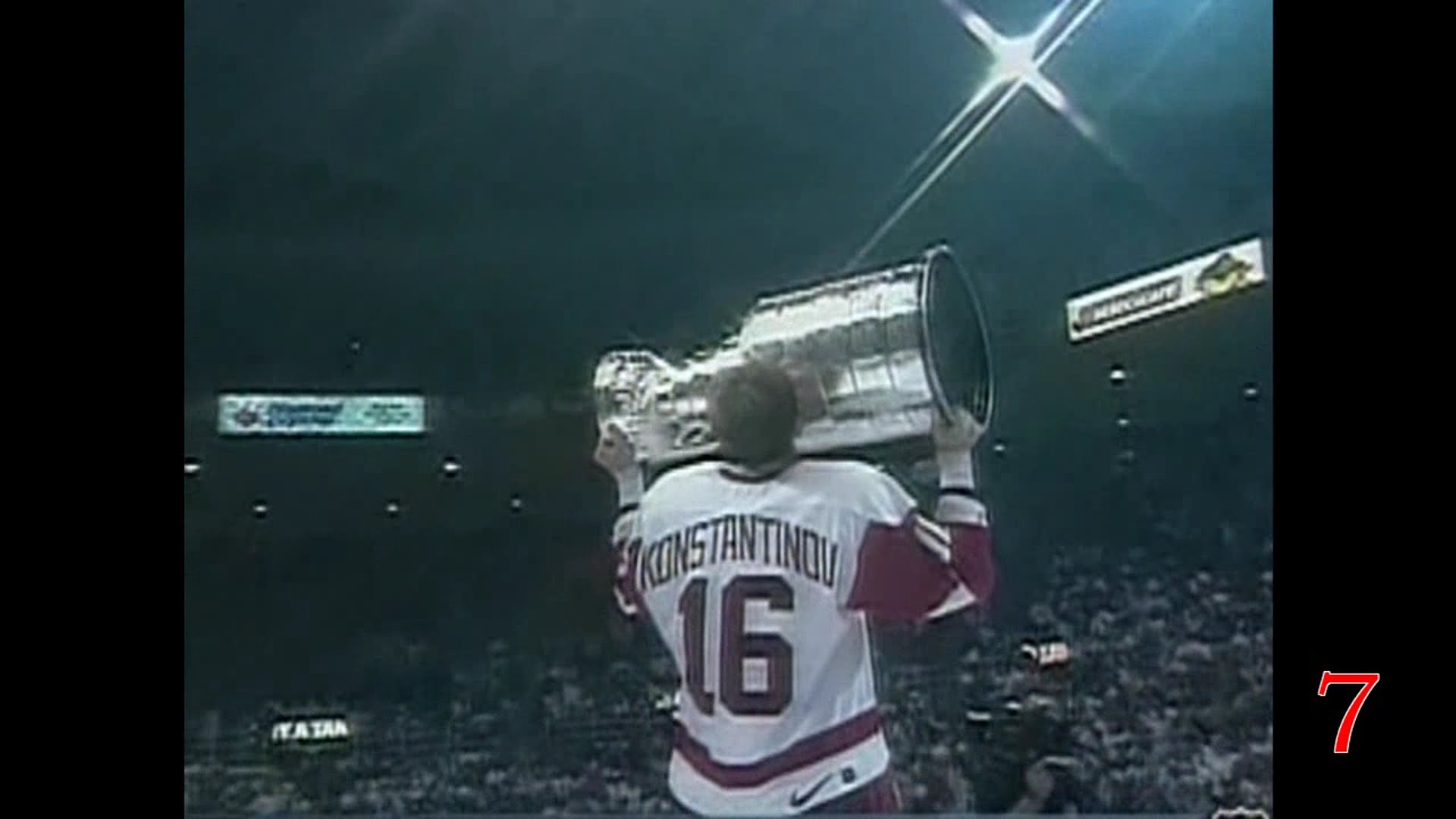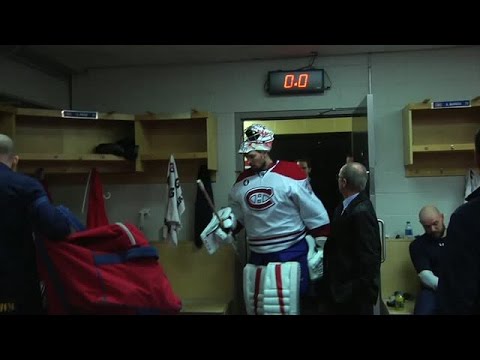Yzerman using a little Red Wings magic in Tampa Bay
Steve Yzerman was a great player. Hall of Famer with many records under his name. An unbelievable goal scorer.
And now he is on his way to making the Hall of Fame again – this time as a manager. What he has accomplished in Tampa Bay is nothing short of amazing. And he was recognized as the 2015 General Manager of the Year.
The Sporting News wrote a great article talking about his success and how he is drawing from his playing and front office days in Detroit.
It is a great article and well worth the read.
Here are some highlights:
In 2011, Yzerman used the Lightning’s first three picks on forwards Vladislav Namestnikov, Nikita Kucherov and defenseman Nikita Nesterov in the first, second and fifth rounds, respectively, and was on his way to turning over the roster he inherited when he was hired in May 2010.
Save for forward Steven Stamkos, the No. 1 overall pick in 2008, and defenseman Victor Hedman the No. 2 pick in 2009, Yzerman flipped the rest of the roster and within two years the Lightning went from third from the bottom of the league standings in 2012-13 to the 2015 Stanley Cup Final where they lost in six games to the Blackhawks.
Losing in his first trip to the Stanley Cup Final isn’t new for Yzerman. The Red Wings were swept in 1995 by the Devils before re-tooling and winning in 1997, 1998 and 2002 with Yzerman on the roster.
What he has done with the Lightning has been no surprise to the people from the Red Wings organization that raised him as a player and groomed him as an executive.
“He was a very conscientious player and being captain for so long, you have a lot of problems to solve and that’s what you have to do as a manager,” Yzerman’s former coach Scotty Bowman said. “Especially in the era that he was playing, we brought in a lot of players and we had to mold them into a team, so that’s team building even though you’re playing still.”
Yzerman retired as a player in 2006 after a 23-season career with the Red Wings, 20 of which he was captain.
He joined the Red Wings’ front office immediately and became the team vice president in 2008 before taking the Lightning job in 2010, the same year he led Team Canada to an Olympic gold medal as executive director.
“When he was playing, he was asking questions, ‘Why did you do this trade?’” said Nill, a longtime Red Wings assistant general manager and now GM of the Dallas Stars. “As a player, he had that focus already. He wanted to know why we did things.”
As a member of the Red Wings’ front office, Yzerman exhibited the same qualities that made him a Hall of Fame player and the cornerstone of Detroit’s model for success.
“It’s about guys paying their dues and working hard and being committed,” Nill said. “He created that environment. I think that’s part of it and he’s just carrying it over. He watched, he dug in. When he retired, he wanted to be around hockey. He came and he sat in the office and he talked hockey, jumped in the car to scout, he wanted to be good.”
But one major thing Yzerman has had to deal with that his star-studded Red Wings didn’t was a budget. While the Red Wings found value in mid-to-late rounds in the draft, they also added expensive, veteran free agents during their Stanley Cup years, which is a luxury today’s general managers don’t have because of the salary cap, implemented after the lockout-cancelled 2004-05 season.
“You look at our 2002 team in Detroit, and I don’t know if you’d call it a fourth line, but Luc Robitaille, Igor Larionov and Tomas Holmstrom, we had a lot of salary on every line and you just can’t do that in the league now,” Yzerman said.
Robitaille, Larionov and Holmstrom accounted for $6.3 million of the Red Wings’ $65 million payroll in 2001-02. The first salary cap was $39 million and is set for $71.4 million in 2015-16.
“You have to attach a dollar amount, or a cap number, to every player,” Yzerman said. “So you can say, I like this player, but you have to like him at a certain salary. Some players you like a lot more because of their number and some really good players you don’t like as much because of that, but it’s not a question of like, or whatever, it’s trying to put it all together to give you the best team.”
Image courtesy of Eric Fredericks.



